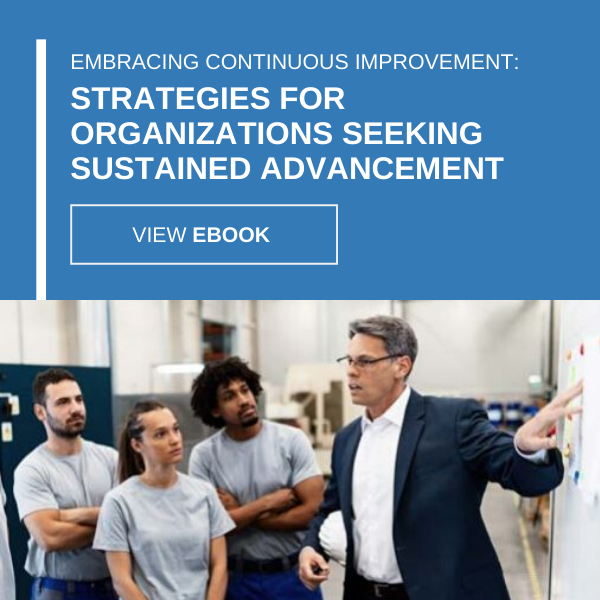
Leaders and Egos: Check It at the Door
Professionals who ascend to the heights of their respective industries often develop healthy egos on their way up. An inflated sense of self-confidence can be an asset in certain situations, like when company leaders are looking to inspire staff – an important executive capability that 70 percent of professional development experts believe is critical to C-suite success, according to researchers from Harvard Business School.
But corporate egoism can also cause problems. In fact, many executives who suffer serious career failures can link these collapses to unhealthy pursuits of power or status, Entrepreneur reported.
Collaborating with consultants is perhaps when most business leaders flex their well-developed egos to the detriment of the organization. Even while they suffer from operational deficiencies, business leaders often balk at the idea of taking advice from external parties, including those with decades of experience and demonstrable successes. This prideful approach can start leaders down the path toward greater dysfunction and even organizational failure. To cultivate strong relationships with third-party consultants, executives must check their egos at the door. How? Here are some tried-and-true techniques:
1. Know the signs of egoism
Having the ability to identify the point at which confidence unravels into arrogance is key to tamping down egotistic tendencies. Leaders who effectively work with outside experts know the signs of unbridled egoism, including constant complaining and an overwhelming urge to intervene in projects just to take credit, according to The Business Journal. If these inclinations sound familiar, it’s time for leaders to take a step back, evaluate and correct their behavior before things get out of hand.
2. Model the ideal collaborator
Few professionals enjoy working with narcissists. Many executives today probably remember a time when they worked for or with an egomaniac, but have since lost sight of the damaging power of egoism as they climb up the corporate ladder. Some even take on the qualities of the executive despots they once detested.
Business leaders who find themselves in such positions can reverse the damage by going back to basics and modeling positive collaborative behavior, Inc. contributor and Voray CEO David Olk found. Olk himself learned that by avoiding defensive, self-centered action and focusing on relationship building, he could accomplish more as a leader. These and other similar strategies ultimately make for fruitful collaborations with third-party consultants.
3. Take a step back and support
Consultants enter partnerships with one primary objective: helping the business address its operational pain points. They do not function in the service of executives. But leaders sometimes act as though this is the case, attempting to lord over external contributors by questioning decisions with which they do not agree, which can hurt the organization when it’s at its most vulnerable. The advice of experts goes unbidden, and without buy-in from top brass, their efforts for operational improvements never materialize.
Business leaders looking to improve their organizations with help from consultants must revert to a supporting role and focus solely on the company for optimal results. How? Maintaining an open mind and asking questions are two good places to start. Additionally, leaders who accept that they have blind spots are usually more open to ego-less collaboration and therefore more likely to facilitate consulting success.
Executives who are considering bringing in outside operational experts would be wise to embrace these techniques and strive for improvement, ego-free. Here at USC Consulting Group, we’ve spent the past 50 years helping companies achieve sustainable growth through the implementation of strategies centered around supply chain, operational excellence, and more. Connect with us today to learn more about our experience and how we can help your business find firmer footing in the marketplace.






